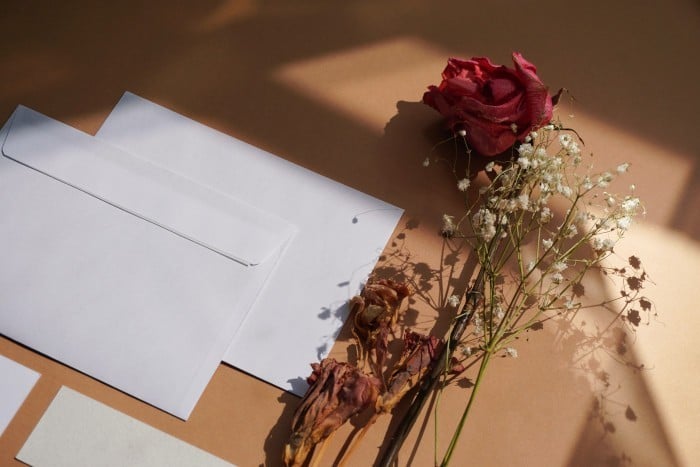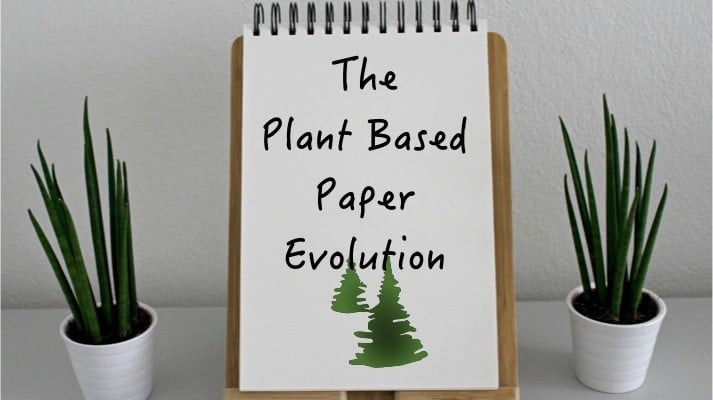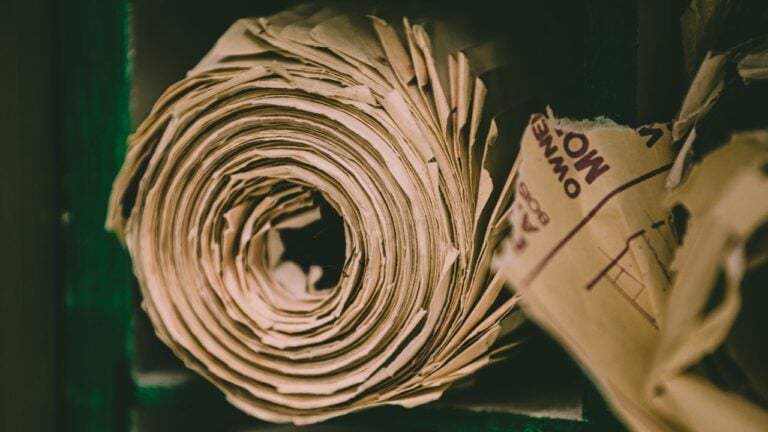Frequently Asked Questions About Envelopes
Are you curious about envelopes and their various uses? Look no further. Here, we have compiled a list of frequently asked questions about envelopes to help answer any questions you may have about their format, purpose, and importance.
From understanding the parts of an envelope to learning about the significance of barcodes and proper mailing information, this guide will provide all the information you need to know about envelopes for printing and mailing.
Frequently Asked Questions About Envelopes
Whether you’re a business owner looking for professional communication options or simply want to learn more about this everyday item, this guide is for you. So, let’s dive in and explore the world of envelopes.
What are the parts of an envelope called?
Envelopes come in many different styles and sizes, but the main parts are always the same. The front side of an envelope is called the face or address panel and it contains the recipient’s address and other relevant postage markings.
The back side is where the sender’s return address can be written. The sides of the envelope are called flaps and they fold over each other to keep contents secure; this part of the envelope is commonly referred to as the closure.
If you want something more unique or need an extra-large size for a certain item, you may opt for a custom-made envelope. Custom envelopes require careful folding processes to ensure that all items fit inside correctly, so make sure you choose a reliable printer who offers professional results.
For more information about custom envelopes, you can refer to these articles on our blog:
The Benefits Of Using Custom Envelopes For Your Corporate Needs
Which Is Better For You: Stock Or Custom Envelopes
The Pros And Cons Of Using Custom Printed Envelopes
What do the 5 lines on an envelope mean?
An envelope typically has five lines/areas on its front for the sender to write the recipient’s information. The top line in the center of the envelope is for the recipient’s first and last name, or business name.
The area directly below, line two, is optional to reference a specific person or department within an organization, if necessary. Line three should show the recipent’s mailing address with their house, apartment, or business location number and street name.
Line four is usually reserved for listing the city, state, and zipcode of the recipient. And the fifth line is reserved for the recipient’s country of origin if it’s shipped internationally or an optional informative message, such as “Address Correction Requested” or “Do Not Bend”.
By filling out all necessary information, you ensure that your envelope will reach its intended destination without any issues. It also helps you to track your mail more easily by providing additional information about who it’s going to and what it’s about.
What mailing information goes in the top left corner of an envelope?
The top left corner of an envelope contains important information about who the letter is from and their mailing address. It is recommended to include this information to allow the recipient to respond to the sender, though it is not required by mailing standards.
Generally, the information provided should include the sender’s first and last name on line one, mailing address on line two, followed by the sender’s city, state, zipcode, and country (if it’s shipped internationally) on line three. This information may also be listed on the back of the envelope as well, specifically on the flap, if preferred.
All information should be written clearly with legible font, so that mail carriers are able to quickly identify where it needs to go. Additionally, if the letter requires any special handling, such as delivery confirmation or signature upon receipt, these instructions should also be included on the envelope.
As long as all of these details are listed accurately, your mail will reach its intended destination without any problems.
Why is business envelope important?
Business envelopes are essential for any business as they provide a way to communicate with customers, suppliers, and partners in a safe and secure manner. The envelope acts as a barrier to protect the contents from theft or damage while in transit.
Business envelopes also help to project professionalism and create a good impression on its recipients. They can be used to post letters, invoices, brochures, samples, and other documents, as well as help to ensure that all important documents are delivered on time and in proper condition on any given business day.
Additionally, business envelopes save time by allowing for faster delivery of important documents which helps businesses maintain their professional reputation amongst customers and partners.
Are your envelopes made in the United States of America?
All PaperPapers.com envelopes are manufactured in the United States. A small percentage of paper that is used to convert into envelopes is sourced from Italy with the highest quality standards in mind.
Our envelopes are crafted with superior paper stock, ensuring that they can withstand the rigors of shipping and handling. We also use a special glue on the seals to make sure they remain secure during transportation.
Additionally, our envelopes are inspected for any defects or inconsistencies prior to shipment, so you can be confident that you’ll be receiving a top-notch product.
Finally, we take every measure to ensure that your envelopes arrive quickly and safely as well as being completely free of any blemishes or issues. You can feel rest assured that when you purchase from us, you’re getting a high quality product.
Can you recycle envelopes with stamps?
It depends on the type of envelope and the stamps used. Traditional paper envelopes can be recycled with or without stamps, as long as they are clean and free of any plastic or non-paper materials.
However, if the stamps are self-adhesive, it is best to remove them before recycling the envelope as they can cause problems in the recycling process.
Additionally, if the envelope is made of a non-paper material, such as plastic, it will not be recyclable and should be disposed of properly. Always check with your local recycling guidelines to ensure the proper disposal of envelopes.
What do the barcodes on envelopes mean?
The barcodes on envelopes are used for postal sorting and tracking. They typically contain information such as the destination address and postage amount. The barcode is scanned by machines at various points in the postal system, allowing for efficient processing and delivery of the mail.
It also make a tracking of the mail which is being sent, making it easy to know the status of the mail and also facilitates the task of delivery.
Conclusion
Envelopes are a useful and versatile tool for mailing and packaging items. They can come in a variety of sizes, shapes, colors, and materials to suit any need. You can also customize your envelope to your liking with various features like windows, address labels, and adhesive seals.
As envelopes provide an efficient way to store documents and ship items securely, along with their convenience and affordability, it’s no wonder why envelopes remain such a popular choice for mailing items for personal and business purposes.
To help you choose the right envelope or if you have anymore questions, contact us via phone, email, or chat.








